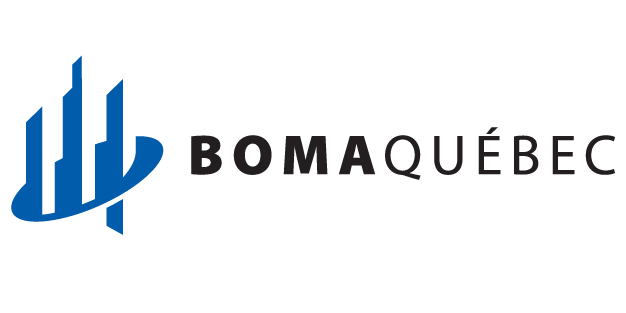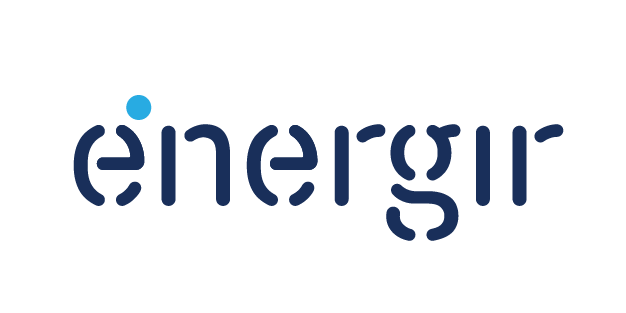Reducing GHGs
The first and most crucial step in reducing greenhouse gas emissions is to reduce energy consumption by implementing energy efficient measures. But once energy optimization is complete, it is possible to go one step further by substituting all or part of your natural gas consumption with renewable natural gas (RNG).
This is a very attractive option because it requires no investment in systems and is completely transparent for the equipment in place.
The consumption of RNG is an inexpensive approach that, after energy efficiency, can make a significant contribution to the fight against climate change.
Benefits of RNG
Renewable natural gas or RNG is virtually identical to conventional natural gas, with the difference that its main component gas, methane, is derived from renewable sources rather than fossil fuels. This difference can be explained by the length of the carbon cycle contained in natural gas. Natural gas is said to be renewable when it is produced in a short period of time, ranging from a few seconds to a few years.
Let’s take the example of an apple core. If it decomposes naturally, it emits carbon into the atmosphere. That carbon has no impact on global warming since it is used by plants during photosynthesis. When we recover that same apple core before it decomposes into renewable natural gas, we capture the carbon it releases before it reaches the atmosphere. And when RNG is consumed (e.g. to heat a building), the carbon released is equivalent to that which would have been emitted if the apple core had decomposed naturally. That is why natural gas is called renewable or carbon neutral.
The method used today for the production of RNG is anaerobic digestion, which is the natural degradation of organic matter without the presence of oxygen (air). The matter then degrades, producing biogas and a fertilizer residue called digestate. The biogas is then purified to make RNG with properties identical to those of natural gas from conventional sources. In the presence of oxygen the organic matter will also degrade, but in this case producing CO2 and compost. Both digestate and compost can be used as fertilizer.
Anaerobic digestion makes it possible to produce so-called first generation RNG, using food residues, sewage sludge and residues generated by industrial, agri-food and livestock activities. In order to produce larger quantities of RNG without, of course, favouring the production of waste, other avenues are being considered. Among these are the production of RNG from residual forest biomass, abundant in Quebec, or by combining green hydrogen with CO2 from industrial fumes, for example, or simply from the atmosphere. Interestingly, the latter approach allows CO2 to be reused directly to produce RNG, and to participate in the effort to reduce GHGs as soon as the RNG is produced.
Availability and Procurement
RNG production is an emerging sector in Quebec, and government efforts for its development reflect the important role it will play in energy transition. While not one RNG project was underway in Quebec in 2017, there are now in 2020 three operational plants and 14 projects under development. In addition, there are also volumes of renewable natural gas from producers located in regions adjoining Quebec. With demand far outstripping supply at present, availability of RNG is increasing rapidly and will increasingly meet a real need for green energy..
Some people will wonder how it is possible to ensure that the RNG purchased is actually “delivered” to the right address. That is an excellent question, and it is important to note that this is a virtual mechanism. Take the example of an ATM. If we deposit $20 in Quebec City and withdraw $20 in Montreal, it is not the same physical $20, but that $20 belongs to us all the same. The same principle applies to RNG, i.e. you ensure that a certain amount of renewable gas is injected into the existing distribution system, and that the corresponding GHG reduction is attributed to you.
A client interested in procuring RNG is placed on a waiting list. The volumes of RNG available are then attributed according to that list, starting at the top of the list and attributing to each client a tranche of 50,000 m3/year of RNG. At the bottom of the list, you go back to the beginning for a second 50,000 m3/year, at the rate of availability, and so on until the customers on the list have reached the desired quantity.
NRG as part of BEC
BEC participants seeking to reduce their GHG emissions by purchasing RNG to cover all or part of their energy consumption, can do so. A document outlining the steps to follow will be uploaded soon to the Energy Star Portfolio Manager (ESPM) platform in the Participants Zone of the BEC website.







